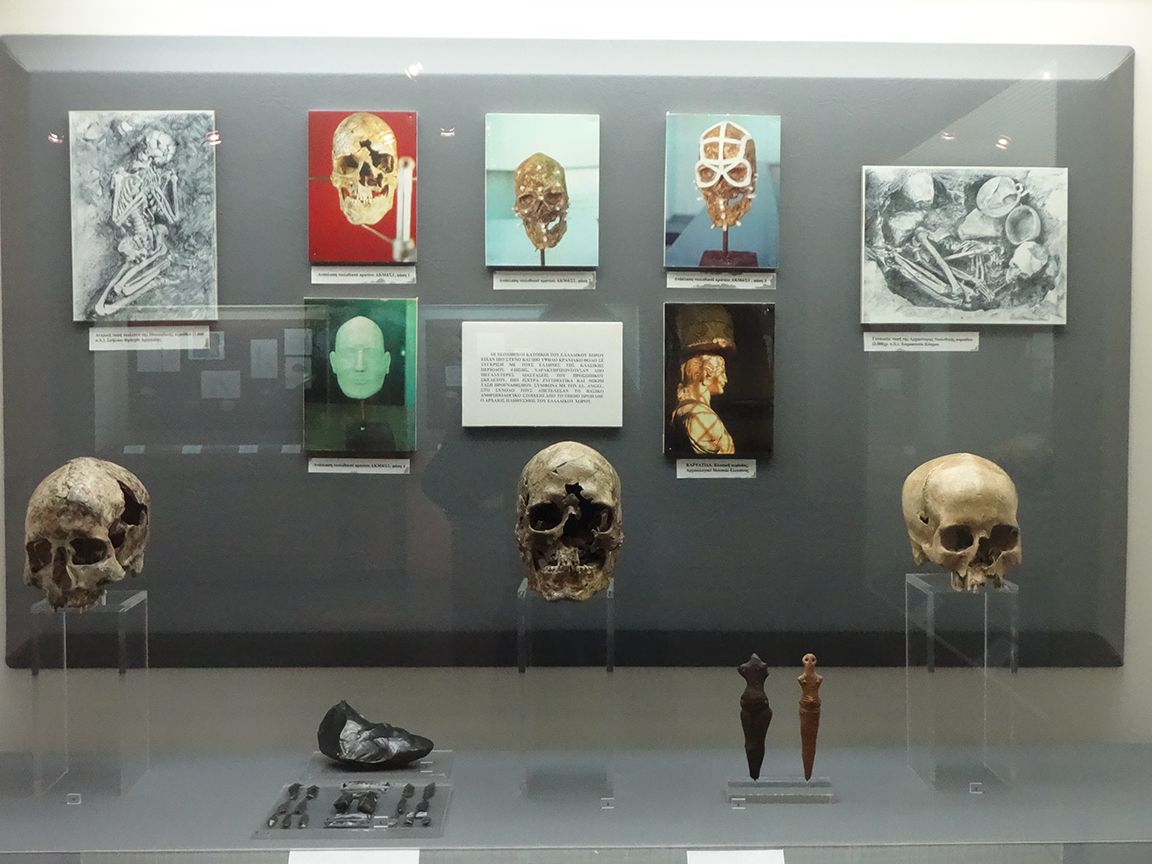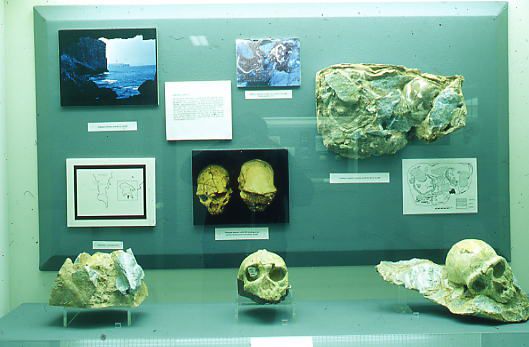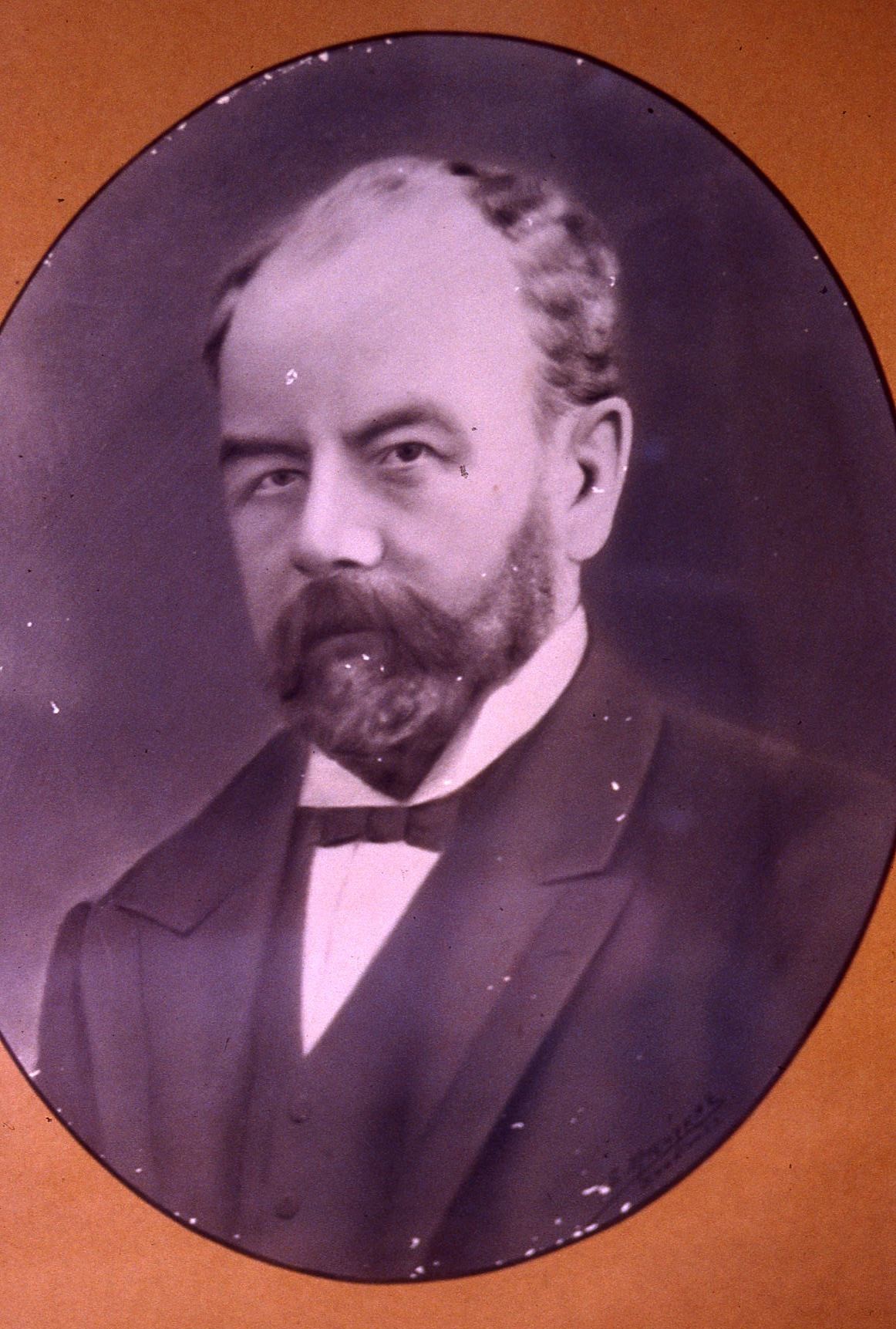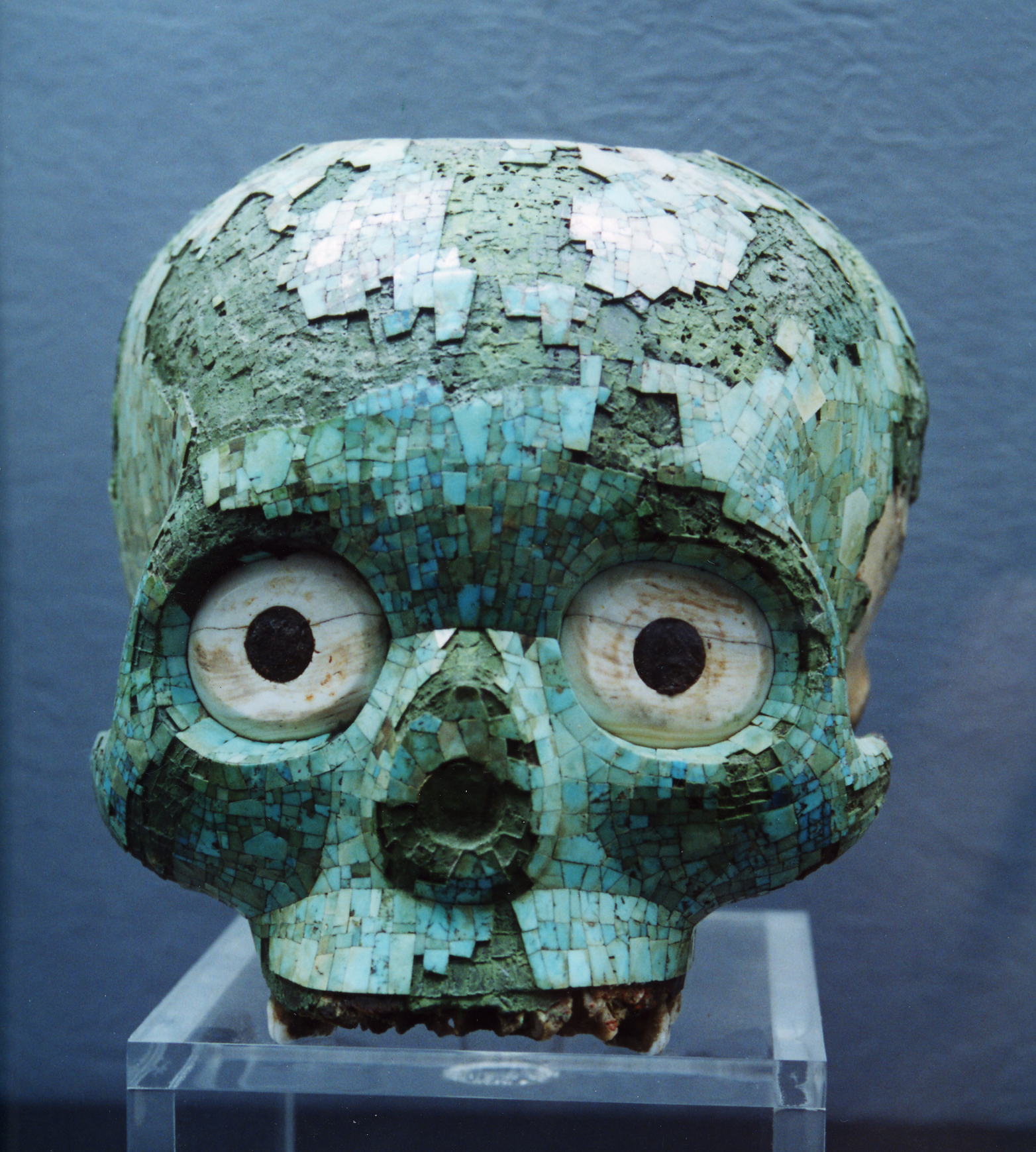Identity
The operative factor of the establishment of the university museums and the Anthropology Museum, as well, was to serve the educational and research mission. The primary purpose for creating the Anthropology Museum was to promote the field and, at the same time to produce scientific knowledge. Scientific knowledge points out the final product of the Anthropology Museum's function, which must be provided through proper means and accommodate all the wider public's questions on the subject. The primary duties of the Anthropology Museum, apart from collecting, conserving, preserving, and using its scientific collections for the benefit of the whole society, constitute the safeguarding of the information involving the collections' origin and documentation, as well as collecting the data required for investigation and scientific interpretation. The didactic purpose of anthropological education is to analyze the issues concerning the mutual relations of modern human populations, which help, on the one hand, to cast aside frequently widespread prejudices and, on the other hand, to cultivate a humanist perception and universal morality.
History
The Anthropology Museum of the Medical School, founded in 1886, is one of the oldest European Museums on Man and a historic scientific institution of the National and Kapodistrian University of Athens, as well as an environment of pioneering research. The establishment and orientation of the Anthropology Museum were determined by the decisive actions of the pioneers of Anthropology in Greece, among which, the personality of its founder and first director, doctor Klon Stefanos (1886-1915) and the dedicated first professor of a medical surgeon in the Chair of Physical Anthropology and founder of the Greek Anthropological Society Ioannis Koumaris (1915-1950) stand out. Initially, the Anthropology Museum was housed in the Academy building in the Athens center. Later on, in 1930, when the building complex of the Medical School in Goudi was built, the Museum moved to the location it is today. The Permanent Exhibition of the Anthropology Museum was inaugurated in September 1998 and included the modern facts on the Evolution of Man. The Museum's thematic layout is organized according to time succession and includes two main divisions. A paleo-anthropology division covers, in brief, the last five million years of the evolution of man on the planet earth, including the most important paleoanthropological findings of our geographical area. A second division presents issues relating to the prehistoric and historical development of the modern Greek population. The Anthropology Museum's thematic exhibition, titled "Paleoanthropology of the Mani peninsula – The Tainarios Man," was inaugurated in September 1998 with a grant from the European Commission. This exhibition presents the important paleoanthropological findings from Apidima in Laconia. In recent years, the Museum's research pursuits - the most famous being those at Apidima in Mani and Kaiadas in Sparta - have increased the size of its scientific collections since more than thirty thousand classified and archived paleoanthropological and prehistoric findings have been collected.
Types of audiences
The Anthropology Museum of the Medical School of the School of Health Sciences belongs to the Department of Basic Medical Sciences. It serves the research and educational needs in the fields of Physical Anthropology (Evolutionary Human Biology) and Histology with emphasis on Paleohistology (histological examination of paleoanthropological and prehistoric findings). It also includes the following disciplines: a) Human Evolution, b) Skeletal Anthropology, c) Population Anthropology, d) Dental Anthropology, e) Paleogenetics, and f) Paleoanthropology-Paleopathology, which support in a broad sense the development of basic and applied biomedical research. The Anthropology Museum operates six (6) specialized research units in the above-mentioned distinct disciplines. The targeted objectives of the Anthropology Museum are a) the multifaceted anthropological study of the modern population of the country, b) the study of the historical evolution of the Greek population, based on skeletal collections, c) the examination of Greece's contribution to the biological evolution of man and d) the paleopathological study combined with histological study, DNA analysis, fluoroscopy, and CT scan which aims to diagnose and study diseases in human skeletal findings of past historic and prehistoric periods. The Anthropology Museum pertains, on the one hand, to Medical School students through the mandatory elective course of Physical Anthropology. On the other hand, it addresses the wider public and primary and secondary education.
Collections & Exhibitions
The paleoanthropological research at the site of Apidima in western Mani resulted in the discovery, in the area's upper stratigraphic layers, of Cro-Manion (=Homo Sapiens) human fossils of twenty to thirty thousand years old and in the lower earlier layers of the same area, human findings belonging to ancestral forms of Homo neanderthalensis (=Pre-Neanderthal) (Apidima 2) of about 170,000 years old. After a thorough analysis of the skull Apidima 1 from the site, the latest research studies showed that this skull is even older, about 210,000 years old, and is a characteristic species of early Homo Sapiens. These findings confirm the contribution of our geographical area in the evolution of Homo sapiens and its significance to the evolution of man in the wider geographical area of Europe. This position was supported for a long time by the pioneers of the Anthropology Museum, and its thorough investigation was a fundamental objective of the Museum's foundation.
Events & Activities
Educational visits and presentations are available to students of both primary and secondary education, students of every scientific discipline, scientific institutions, and other interested parties in the exhibition areas of the Anthropology Museum, the Museum's permanent and thematic exhibitions, by trained staff. There are also screenings of educational documentaries on the Anthropology Museum's paleoanthropological research at Apidima in Mani and the cave of Kaiadas in Laconia. Visits take place within the Museum's opening hours and selectively on some Saturdays. The visit lasts around one to one and a half hours, depending on the visitors' curiosity. On an annual basis, the number of scheduled guided tours in the Anthropology Museum corresponds to approximately 50 visits.
Accessibility
Building 4 of the Medical School of the University of Athens has two ascending ramps, one at the front entrance of building four and another at the back door of the Anthropology Museum.
Terms of Operation
The opening hours of the Anthropology Museum are from 9:00 am to 2:00 pm daily except Saturday and Sunday.
Director:Associate Professor Myrsini Kouloukousa Gianniou.
Decision of Establishment
Government Gazette 29/08/2019, Issue Two, No. Sheet 3338
















